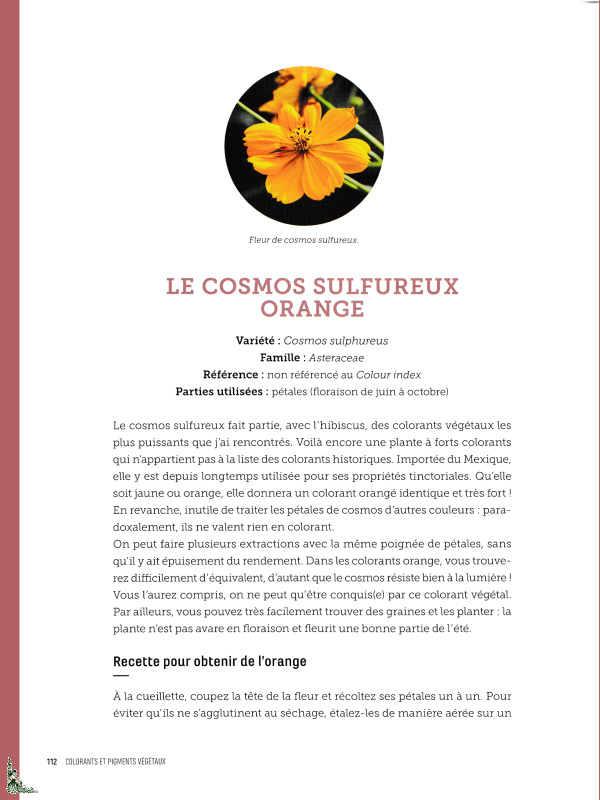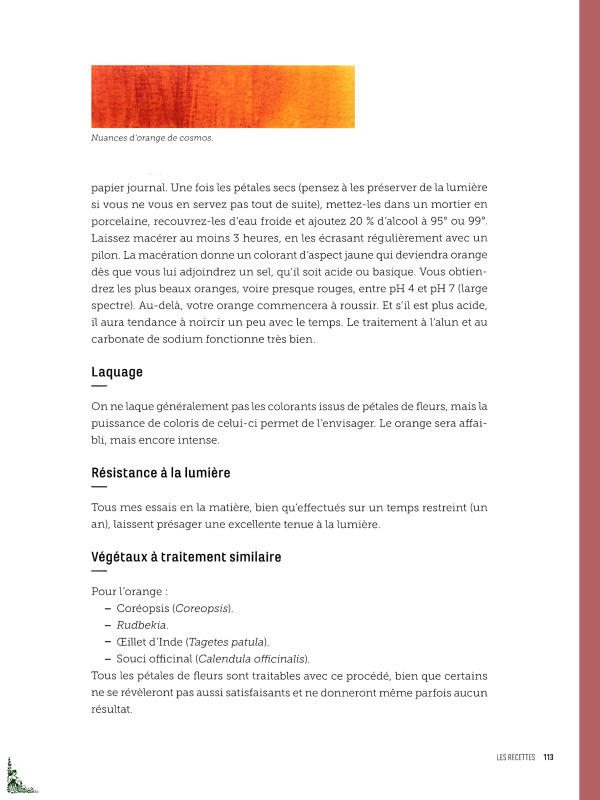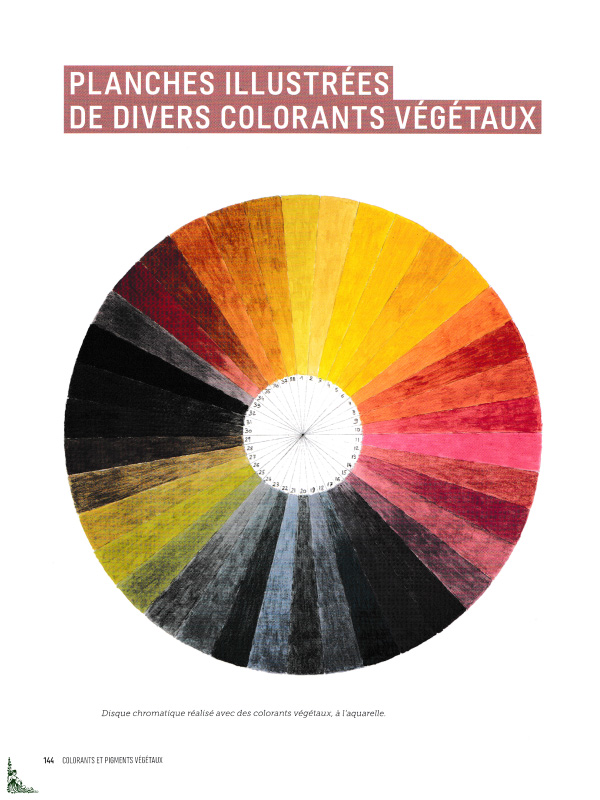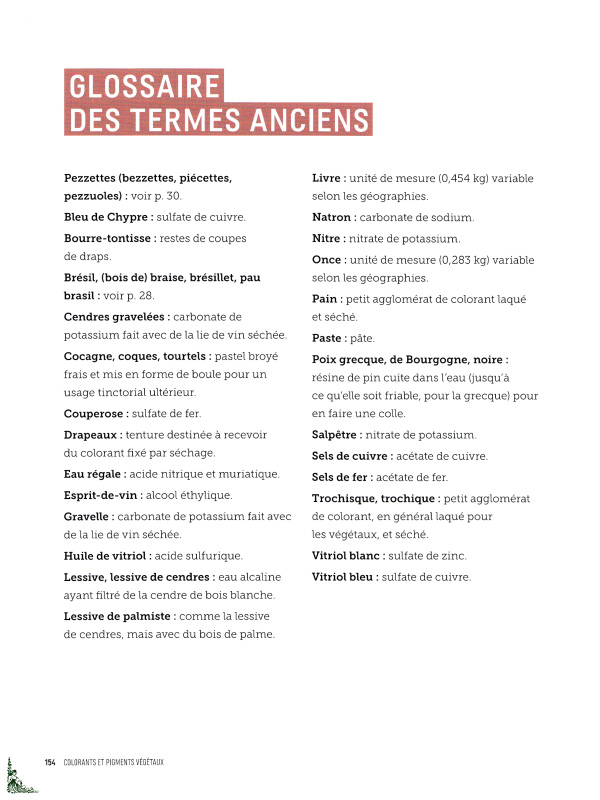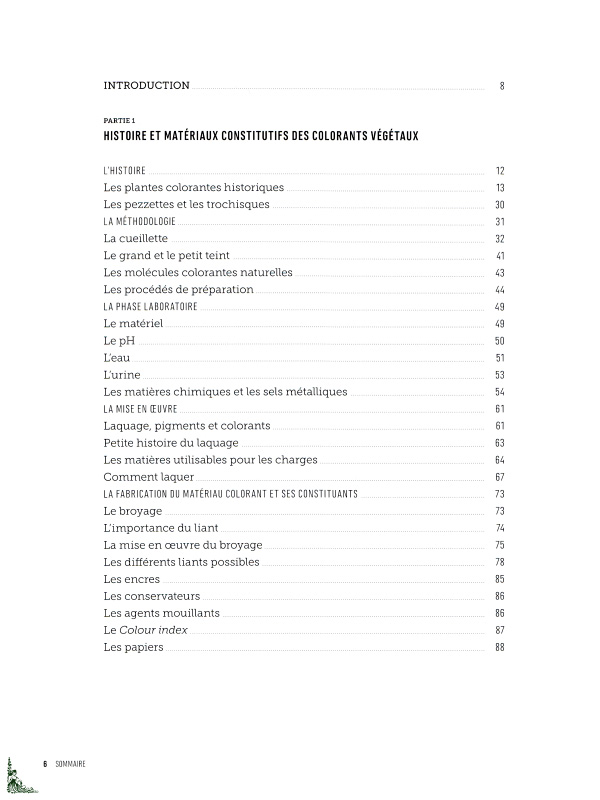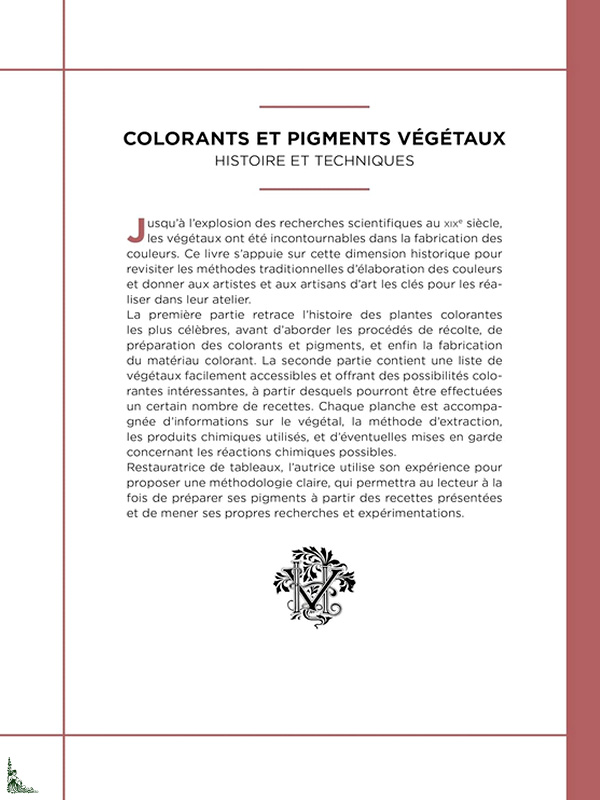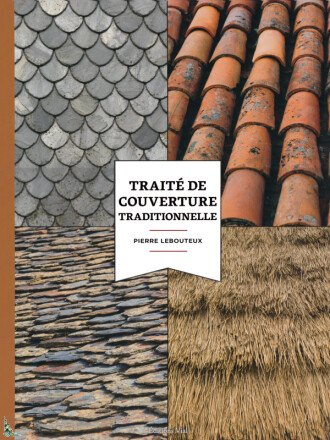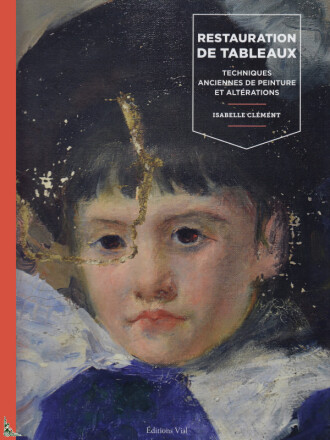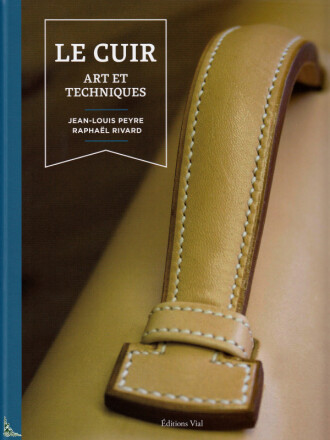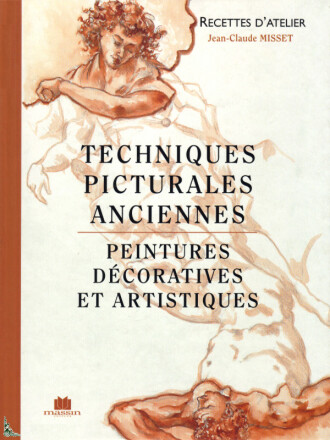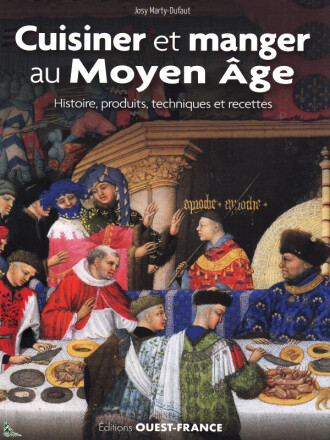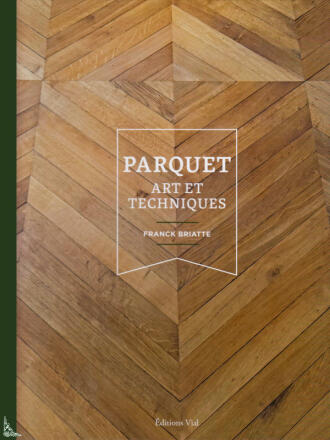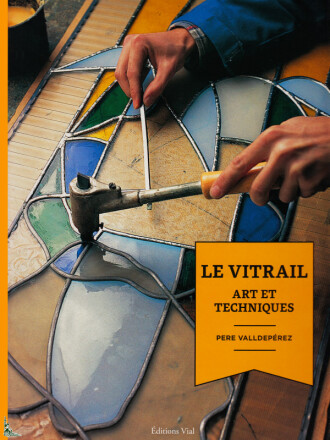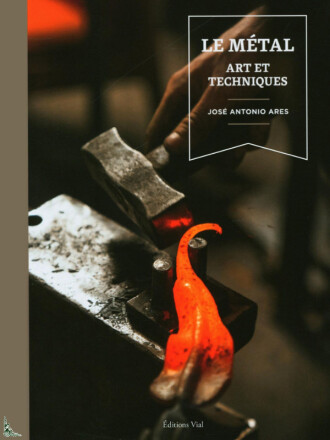Plant dyes and pigments: History and techniques
Contenido del libro
| Autor : | Nathalie Beurier |
| Editor : | Vial (2025) |
| Encuadernación : | Hardcover (160 pages) 7-½ inches x 10 inches |
| Lengua : | French |
| ISBN : | 978-2-85101-272-2 |
| EAN : | 9782851012722 |
Descripción
Plant dyes and pigments: History and techniques, by N. Beurier, Ed. Vial, 7-½ inches x 10 inches ( 19.5 cm x 25.5 cm ) with 160 full colour pages
This hardcover book with 160 pages presents the main plant dyes and pigments.
Until the explosion of scientific research in the 19th century, plants were essential in the production of colors.
This book draws on this historical dimension to revisit traditional methods of developing colors and give artists and craftspeople the keys to achieving them in their studio.
The first part traces the history of the most famous coloring plants, before tacklingthe processes of harvesting, preparation of dyes and pigments, and finally the manufacture of the coloring material.
The second part contains a list of easily accessible plants offering interesting coloring possibilities, from which a certain number of recipes can be made.
Each board is accompanied by information on the plant, the extraction method, the chemicals used, and any warnings regarding possible chemical reactions.
A painting restorer, the author uses her experience to propose a clear methodology, which will allow the reader both to prepare their pigments from the recipes presented and to carry out their own research and experiments.
Contents:
- Part 1
- THE HISTORY
- Historical coloring plants
- Pezzettes and trochisques
- THE METHODOLOGY
- The picking
- The big and the small complexion
- Natural coloring molecules
- Preparation processes
- THE LABORATORY PHASE
- The material
- The pH
- Water
- Urine
- Chemicals and metallic salts
- IMPLEMENTATION
- Lacquering, pigments and dyes
- A short history of lacquering
- Materials that can be used for fillers
- How to lacquer
- THE MANUFACTURE OF THE COLORING MATERIAL AND ITS CONSTITUENTS
- Grinding
- The importance of the binder
- The implementation of grinding
- The different possible binders
- The inks
- The preservatives
- Wetting agents
- The colour index
- Papers
- Part 2
- THE RECIPES
- THE METHODOLOGY
- The cold study of fresh or dried petals
- MADDER
- BUCKWHEAT BERRIES
- The yellow grain pistil
- Bladder green
- ANNATTO
- THE GREEN OF IRIS
- THE SULPHUROUS ORANGE COSMOS
- SOPHORA PEDICELS
- CAMPANULAS
- INDIGO PLANTS
- Indigo
- Dyer's pastel
- THE DYERS' ALKANET
- EXOTIC WOODS
- Logwood
- Brazilwood (pernambouc)
- TANNINS
- The gall nut
- Tree bark
- WOLFBLADDER SPORES
- BLACKS BY CALCINATION
- CHERRY GUM PROCESSING
- WATERCOLOR BINDER RECIPE
- Illustrated plates of various plant dyes
- Index of technical terms
- Plant index
- Glossary of old terms
- Bibliography
The French texts are written by Nathalie Beurier.
 Description française
Description française
Colorants et pigments végétaux : Histoire et techniques
Détails du livre
| Auteur : | Nathalie Beurier |
| Éditeur : | Vial (2025) |
| Reliure : | Relié (160 pages) 19.5 cm x 25.5 cm ( 7-½ inches x 10 inches ) |
| Langue(s) : | Français |
| ISBN : | 978-2-85101-272-2 |
| EAN : | 9782851012722 |
Description
Colorants et pigments végétaux : Histoire et techniques, de N. Beurier, Ed. Vial, 19.5 cm x 25.5 cm, relié avec 160 pages couleurs
Ce livre de 160 pages présente les principaux colorants et pigments végétaux.
Jusqu'à l'explosion des recherches scientifiques au XIXe siècle, les végétaux ont été incontournables dans la fabrication des couleurs.
Ce livre s'appuie sur cette dimension historique pour revisiter les méthodes traditionnelles d'élaboration des couleurs et donner aux artistes et aux artisans d'art les clés pour les réaliser dans leur atelier.
La première partie retrace l'histoire des plantes colorantes les plus célèbres, avant d'aborder les procédés de récolte, de préparation des colorants et pigments, et enfin la fabrication du matériau colorant.
La seconde partie contient une liste de végétaux facilement accessibles et offrant des possibilités colorantes intéressantes, à partir desquels pourront être effectuées un certain nombre de recettes.
Chaque planche est accompagnée d'informations sur le végétal, la méthode d'extraction, les produits chimiques utilisés, et d'éventuelles mises en garde concernant les réactions chimiques possibles.
Restauratrice de tableaux, l'autrice utilise son expérience pour proposer une méthodologie claire, qui permettra au lecteur à la fois de préparer ses pigments à partir des recettes présentées et de mener ses propres recherches et expérimentations.
Principaux chapitres de l'ouvrage :
- Partie 1
- L'HISTOIRE
- Les plantes colorantes historiques
- Les pezzettes et les trochisques
- LA MÉTHODOLOGIE
- La cueillette
- Le grand et le petit teint
- Les molécules colorantes naturelles
- Les procédés de préparation
- LA PHASE LABORATOIRE
- Le matériel
- Le pH
- L'eau
- L'urine
- Les matières chimiques et les sels métalliques
- LA MISE EN OEUVRE
- Laquage, pigments et colorants
- Petite histoire du laquage
- Les matières utilisables pour les charges
- Comment laquer
- LA FABRICATION DU MATÉRIAU COLORANT ET SES CONSTITUANTS
- Le broyage
- L'importance du liant
- La mise en oeuvre du broyage
- Les différents liants possibles
- Les encres
- Les conservateurs
- Les agents mouillants
- Le colour index
- Les papiers
- Partie 2
- LES RECETTES
- LA MÉTHODOLOGIE
- L'étude à froid de pétales frais ou sèchés
- LA GARANCE
- LES BAIES DE NERPRUN
- Le stil de grain jaune
- Le vert de vessie
- LE ROCOU
- LE VERT D'IRIS
- LE COSMOS SULFUREUX ORANGE
- LES PÉDICELLES DE SOPHORA
- LES CAMPANULES
- LES PLANTES À INDIGO
- L'indigo
- Le pastel des teinturiers
- L'ORCANETTE DES TEINTURIERS
- LES BOIS EXOTIQUES
- Le bois de campêche
- Le bois du Brésil (pernambouc)
- LES TANINS
- La noix de galle
- Les écorces d'arbre
- LES SPORES DE VESSE-DE-LOUP
- LES NOIRS PAR CALCINATION
- TRAITEMENT DE LA GOMME DE CERISIER
- RECETTE DE LIANT AQUARELLE
- Planches illustrées de divers colorants végétaux
- Index des termes techniques
- Index des végétaux
- Glossaire des termes anciens
- Bibliographie
Les textes en Français sont de Nathalie Beurier.





